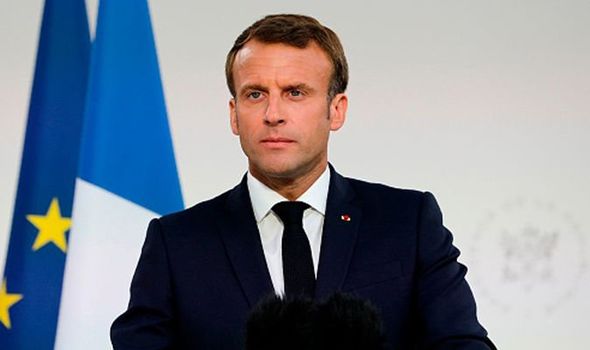
ABOUT 7% of Zimbabweans have access to medical insurance, with 93% relying on cash payments to health facilities, a report by the Community Working Group on Health (CWGH) showed this week.
A survey by this newspaper in other Southern Africa Development Community (Sadc) economies showed Zimbabwe was trailing far behind regional peers.
In Zambia, the figure of citizens with access to medical insurance was estimated at 35%, while in Botswana, it was estimated at 42%.
The CWGH paper, which gave insights into how National Health Insurance (NHI) schemes can help countries bridge the gap, exposed complications confronting the majority in a country where 90% is jobless.
Their predicament is compounded by the fact that Zimbabwe is already rated as Africa’s most expensive country, according to the African Development Bank.
High unemployment levels make access to better quality medical care a dream in a country where an estimated 49% live in extreme poverty.
Health insurance is becoming increasingly popular as a means of protecting households from the financial stress and impoverishment associated with paying out-of-pocket charges.
The World Health Organisation (WHO) recognises health insurance as a promising method of obtaining universal health coverage.
- Zimcodd red flags wage erosion
- Village Rhapsody: Zimbabwe needs to reduce teen pregnancies
- Community trailblazers: Chipo Gozho: An inspiration to today’s women
- Sherwood Golf Club reopens for live shows
Keep Reading
CWGH’s report, titled Proposed National Health Insurance, also acknowledges that the big gap between those with access to medical aid and those without can be addressed through NHI.
“About 7% of Zimbabweans have access to medical insurance and this number is insufficient to ensure decent public healthcare,” CWGH said.
“The implementation of a national health insurance scheme in the country can improve healthcare delivery as more resources for health become available,” the paper said.
The report said CWGH was concerned that government has been struggling to deliver the same quality of medical services as those found in expensively priced private facilities where only a few has access.
“CWGH remains deeply concerned about the government's ability to steer and sustain this noble project and to ensure that competing private sector interests, and the inevitable inequalities and trade-offs that could be created, are better managed.
“The CWGH, therefore, calls upon all citizens of Zimbabwe and civil society to unite behind a people's National Health Insurance to ensure that the principles of the right to health, universality and social solidarity are adhered to throughout the implementation process,” it read.
This week, a new firm called Discovery Ambulance Emergency Services also acknowledged the disparities.
The firm said it will repackage its subscription products to make them affordable and accessible to bridge the gap and give Zimbabweans accessible emergency cover.
According to the WHO, the country's Universal Health Coverage (UHC) Service Coverage Index stood at 55.04 in 2021, up from 54.00 in 2017.
Zambia has an index of 55.84, and South Africa has an index of 70.95.
The UHC Service Coverage Index is measured on a scale of 0 (worst) to 100 (best) based on the average coverage of essential services such as reproductive, maternal, new-born, and child health, infectious diseases, non-communicable diseases, and service capacity and access.










